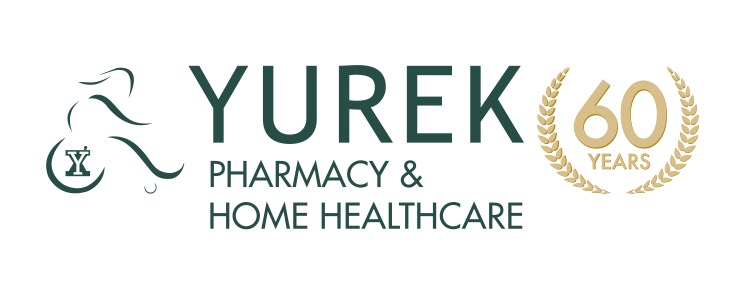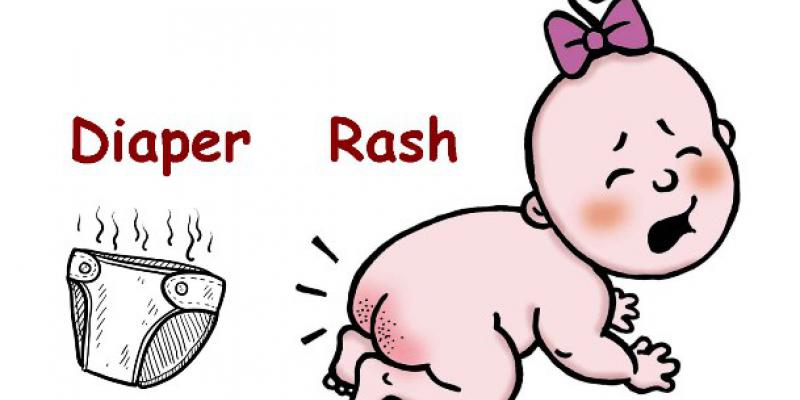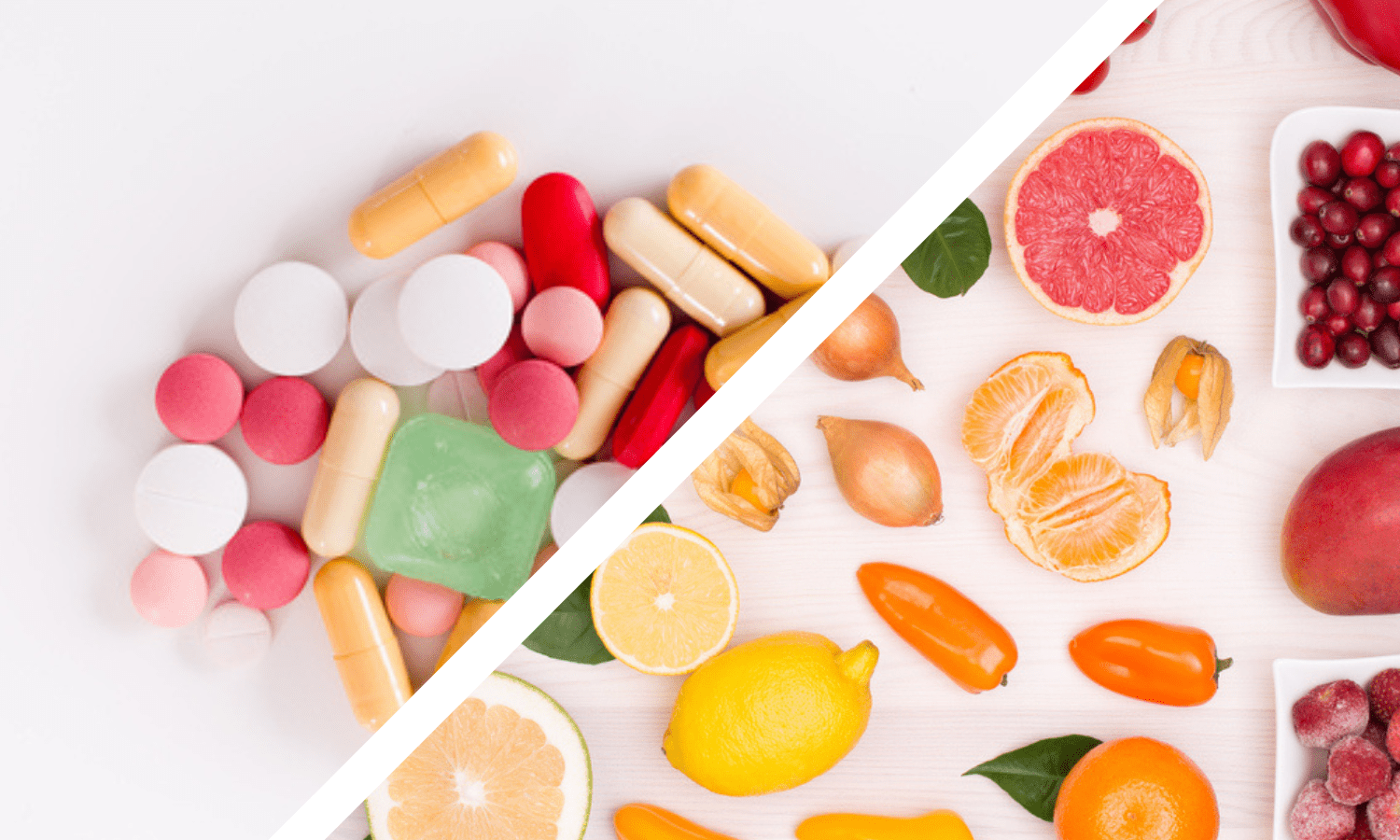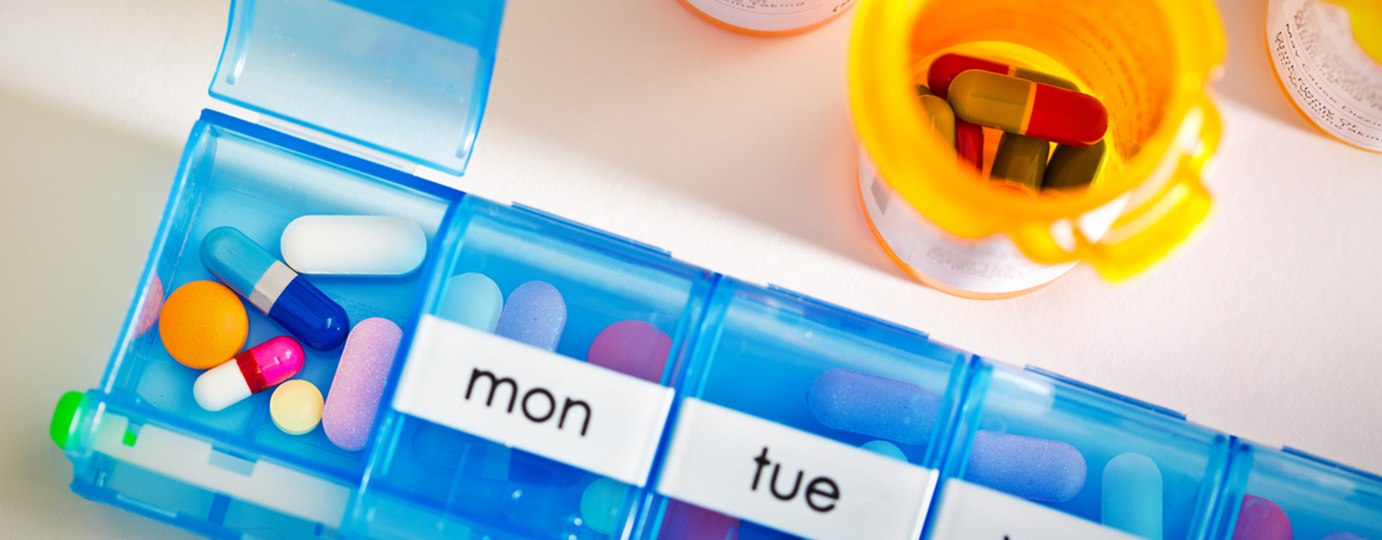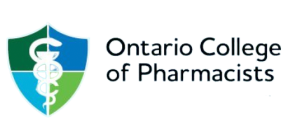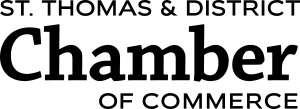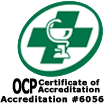Anyone who is a parent knows that we try to protect our kids. Responsible parents make sure their children get adequate rest, proper nutrition and required vaccinations. (If there are any anti-vax parents reading this, please direct all hate mail to Yurek Pharmacy at 519 Talbot St).
The point is, we do our best to take care of our kids. Sometimes we are successful and sometimes not so much. One area of failure that many of us can relate to is the dreaded diaper rash. Most children (and some adults) will experience diaper rash and it can occur quickly and without warning. The causes of diaper rash can be a numerous and include:
- Wetness (from urine, fecal matter or even sweat);
- Chafing and chemical sensitivity (from detergents, creams or disposable diapers)
- Change in food
- Bacteria and yeast infections
- Medications (such as antibiotics)
While almost every child will get a rash at some point, the following steps can prevent or lessen diaper rash:
- Cleaning your hands before and after each change can reduce the risk of infection.
- Checking the diaper often and not allowing your baby to stay in a soiled diaper helps to reduce skin breakdown due to wetness. (This is particularly important when introducing new foods or if your child is sick or sweaty.)
- When cleaning a dirty backside (or sometimes up the back – yes we have all been there) use warm water or a mild cleanser and be sure to pat the skin dry rather than rubbing it ensuring it is clean and dry before putting on a new diaper.
- Diaper creams with zinc oxide or dimethicone can act as a barrier for skin, protecting it from wetness and irritation. Mixing a little Vaseline or petrolatum with your zinc makes the ointment easier to remove.
Signs that you may need to see a doctor or nurse practitioner include:
- a rash that does not resolve or gets worse after three days;
- red fluid filled bumps (pustules) or white scales and lesions;
- persistent diarrhea, fever or lethargy.
Your practitioner may recommend an over-the-counter yeast treatment, or prescribe another therapy such as a topical antibiotic. Another option that may be prescribed is a cholestyramine paste. Cholestyramine is normally used to lower cholesterol. It is a powder which binds bile acids produced by our liver. When a baby has diarrhea, these bile acids may irritate the skin and so this unique approach helps to soak up the acids and allow the skin to heal. So our take home message is to stay vigilant and know when to seek help. Take care of yourselves and each other.
